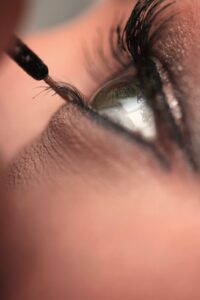
Eyelashes are not just there to enhance your beauty, they serve an important biological function as well. In this article, we’ll explore the fascinating world of eyelashes and everything you need to know about them, from their function to their growth cycle.
- The Function of Eyelashes
Eyelashes serve an important function in protecting our eyes from dust, debris, and other particles. They act as a barrier, preventing particles from entering our eyes and causing irritation or infection.
- The Anatomy of Eyelashes
Each eyelash is made up of three parts: the hair follicle, the hair shaft, and the lash bulb. The hair follicle is where the hair growth occurs, the hair shaft is the visible part of the lash, and the lash bulb is the root of the lash that anchors it in place.
- The Growth Cycle of Eyelashes
Like all hair on our body, eyelashes have a growth cycle that includes three phases: anagen (growth phase), catagen (transition phase), and telogen (resting phase). The anagen phase is when the lash grows, the catagen phase is when the lash stops growing and the hair follicle starts to shrink, and the telogen phase is when the lash falls out and is replaced by a new lash.
- Eyelash Care
To keep your eyelashes healthy and strong, it’s important to take care of them. This includes avoiding rubbing your eyes, using a lash serum to promote growth, and using gentle makeup removers that won’t damage your lashes. It’s also important to avoid using waterproof mascara too often, as this can cause your lashes to become brittle and break.
Conclusion:
Eyelashes are an essential part of our body that serve an important biological function. Understanding the anatomy and growth cycle of our eyelashes can help us to take better care of them and keep them healthy and strong. By taking care of our eyelashes, we can enhance our natural beauty and protect our eyes from harm.





No comment yet, add your voice below!